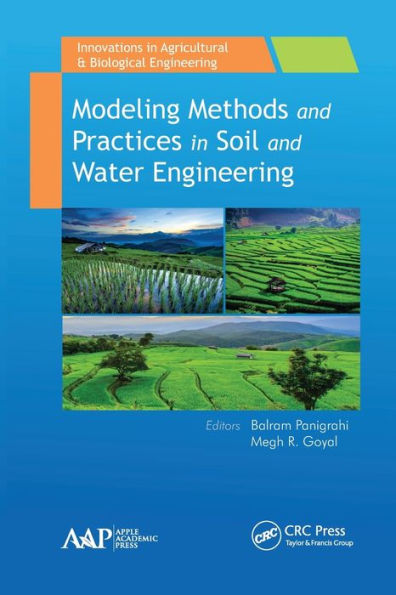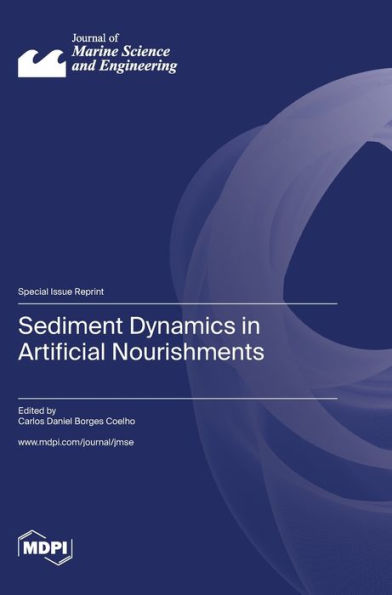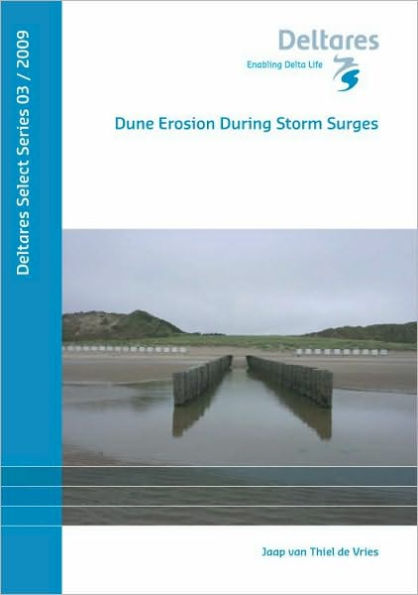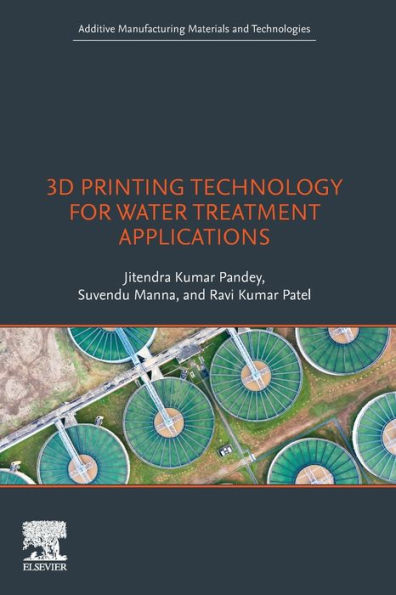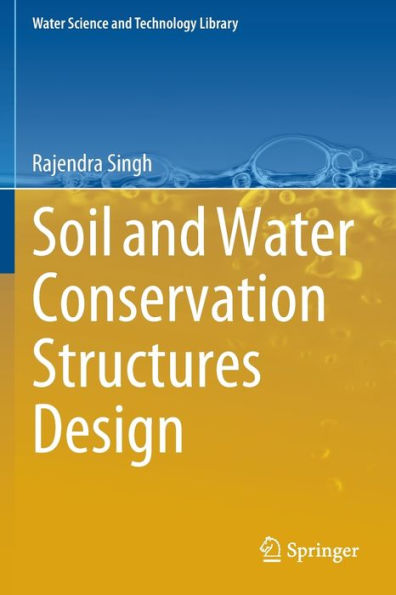Home
the Use of Delft3D to Simulate Deposition Cohesive and Non-Cohesive Sediments Irrigation Systems
Loading Inventory...
Barnes and Noble
the Use of Delft3D to Simulate Deposition Cohesive and Non-Cohesive Sediments Irrigation Systems
Current price: $91.99
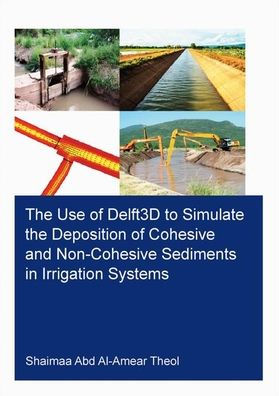

Barnes and Noble
the Use of Delft3D to Simulate Deposition Cohesive and Non-Cohesive Sediments Irrigation Systems
Current price: $91.99
Loading Inventory...
Size: Paperback
*Product Information may vary - to confirm product availability, pricing, and additional information please contact Barnes and Noble
Sediment deposition threatens the performance of many irrigation systems. Because of the high impact on irrigation performance and crop production, many studies have been done on how to deal with sediment deposition. In this research, the Delft3D model, originally developed for hydro-morphologic modeling of rivers and estuaries, was adapted for the use in irrigation systems simulations and applied to different case studies. This research addresses two shortcomings of previous studies of sediments in irrigation systems. Firstly, while previous studies primarily used 1D models, this research uses a 2D/3D model. The use of 2D/3D models in irrigation systems is significant because the non-uniform flow around structures such as offtakes, weirs and gates, leads to asymmetric sedimentation patterns that are missed by 1D simulations. Secondly, whereas previous studies mostly considered non-cohesive sediments, this research simulates cohesive, non-cohesive and a mix of both sediment types. This is important for irrigation systems that draw water from natural rivers that carry a mix of cohesive and non-cohesive sediments. The findings of this research are important for irrigation system maintenance and gate operation. It is also essential for the development of canal operating plans that meet crop water requirements and at the same time minimizes sediment deposition by alternating gates.
